Looking to grow your organization this year but don’t know where to start? Or maybe you’re wondering how your nonprofit growth compares to the rest of the sector? We scoured the web looking for the latest statistics on how charities are growing in terms of fundraising, marketing, programs and operations.
Of course, there are a lot of challenges when it comes to growing your organization during and after the height of COVID-19. But at the same time, we don’t need to automatically assume that donations will fall or that there will be a decrease in demand for nonprofit programs services. Organizations are looking for ways to accelerate out of the pandemic and focus on what’s next.
In addition to tips for where to focus your growth strategy, use these nonprofit sector growth statistics to get an idea of how to benchmark your progress in the months to come. Plus, learn about some of the surprising areas where organizations haven’t been growing in the last few years to see if you can find a way to buck the trends.
Online Fundraising
When it comes to raising money online, not all tactics are growing at an equal rate. And with more fundraising tools than ever before, nonprofits seem to be branching out with largely positive results in terms of dollars and donor reach.
- Online fundraising grew by a modest 3.11% in 2019. (Blackbaud)
- 11.56% of total fundraising in 2019 was from recurring/monthly giving, a 13.95% increase. (Blackbaud)
- 39% of North American nonprofits use a peer-to-peer fundraising tool, up from 31% in 2018. (Global NGO Technology Report)
- 62% of North American nonprofits report raising more money on Giving Tuesday in 2018 than in 2017. (Global NGO Technology Report)
- 61% of nonprofit leaders say there’s been an increase in social media fundraising campaigns in the last 5 years. (Salesforce)
Fundraising Resources
If you’re looking to expand your fundraising efforts this year, be careful not to spread yourself too thin. Our online fundraising resource hub can help you craft a strategy based on your goals, and we have some additional advice to help you choose the right path based on the stats above:
Online Donations: Evaluate and Improve Your Process
Digital Fundraising: 9 Common Mistakes to Fix Yesterday
Peer-to-Peer Fundraising: How to Get Started With Supporter-Run Fundraisers
GoFundMe for Nonprofits: What You Should Know About GoFundMe Charity
Digital Marketing
Nonprofit marketers won’t be shocked to hear that the volume of communications is increasing as well as the number of channels on which we’re expected to spread the word. On the plus side, it seems easier (and cheaper) to reach people online as most generations adapt to technology.
- There’s been an 8% increase in email volume since 2017, with nonprofits sending an average of 59 messages per subscriber in 2018. (M+R Benchmarks)
- The average email list size increased by 7.97%, with a 1.2% increase in the percentage of email lists that donate. (Blackbaud)
- 68% of Boomers are now likely to own a smartphone, compared to just 25% in 2011 (Pew Research Center), and 30% of Boomers are now willing to give through a nonprofit website via a mobile device. (Blackbaud)
- Back in 2015, 73% of nonprofits reported that only 10-20% of their marketing budget was for digital work. In 2019, that number is much higher—with some spending up to 100% on digital. (Care2)
Digital Marketing Resources
Even though it’s tempting to see digital marketing as a quick and easy way to blast your message into the world, successful marketers will harness this growth to segment communications to specific audiences. There’s also an opportunity to automate some of your marketing as a way to free up some internal marketing capacity. Get started with helpful resources:
10 Nonprofit Marketing Strategy Mistakes to Avoid
Debunking the Nonprofit Marketing & Communications Budget
[FAQs] How to Use Online Surveys to Send Better Nonprofit Emails
Programs & Operations
Based on the organizations we work with, nonprofit growth often means the expansion of programs and services to better serve their communities. Charities are definitely feeling the pressure to do more these days.
- 75% of nonprofits report an increase in demand for programs. (Salesforce)
- In response to the growing demand for programs, 47% of nonprofits are expanding their services, 45% are working to build more awareness for support/advocacy, and 42% want to expand partnerships or funding. (Salesforce)
- 74% of nonprofits report that their constituents increasingly want to participate in their organization’s work. (Salesforce)
- More than 60% of nonprofits plan to collaborate with another organization in the future. (Nonprofit Finance Fund)
- 48% of NPOs in the United States and Canada increased spending on technology in 2019. (Global NGO Technology Report)
- 60% of American nonprofits plan to increase their organization’s diversity. (Nonprofit Finance Fund)
Operations Resources
As organizations look to increase or expand programming, we hope to see a rise in the number of collaborative efforts to fundraise, advocate and reach underserved constituencies. At the same time, organizations will need to be prepared to advance their internal processes, adjust budgets and ensure that they live up to their values when it comes to human resources. Learn more:
What the Growth in the Nonprofit Sector Means for You
The Soft Underbelly of Nonprofit Collaboration
Growth Strategies To Scale Up Your Small Nonprofit
A Nonprofit Leader’s Path to Becoming a Diversity and Inclusion Champion
What’s Not Growing
Not everything is going up—even before the COVID-19 pandemic hit. These stats capture downward (or stagnant) trends that should be on your radar as you look for ways to grow your nonprofit and measure your own efforts.
- Initial results of one survey show 51% of nonprofits did not increase their 2019 revenue compared to 2018. (Wild Apricot)
- The number of first-time donors has declined 4.99% with a corresponding dip of 5.61% in revenue from new donors. (Blackbaud)
- Nonprofits are sending 4.49% fewer newsletter-type emails, compared to a 5.56% increase in fundraising emails. (Blackbaud)
- Even though the typical communications workload continues to grow, the average size of a nonprofit communications team is not increasing to keep pace. (Nonprofit Marketing Guide)
Resources for Setting & Reaching Goals
The “do more with less” theme is pretty common in nonprofit life, but that doesn’t mean you have to get stuck there indefinitely. Be careful to choose organizational goals that make sense for where you are right now, which will help your strategies (and budgets) for fundraising, marketing and programs become more realistic, too. Putting a solid plan together can help everyone feel successful:
5 Keys for Achieving your Organization’s Goals
How to Set Better Marketing Goals for Nonprofits
Growing Your Donor List: 5 Practices to Reach Your Goals
Lone Wolf Marketing: How to Survive as a Solo Marketer in Small Nonprofits
Where Will You See Nonprofit Growth Next?
Not every nonprofit needs to grow to be successful and make an impact, but that’s not to say that we shouldn’t continually improve how we fundraise, communicate, execute programs and operate. And you certainly don’t need to grow everything all at once! There are many nonprofit growing pains to consider and plan for as you take your organization to the next level.
What kind of nonprofit growth are you seeing or aiming for at your organization? What are some of the challenges you’re experiencing on the path to growth or expansion? I’d love to hear about your experience in the comments.
Grab the Stats to Share!
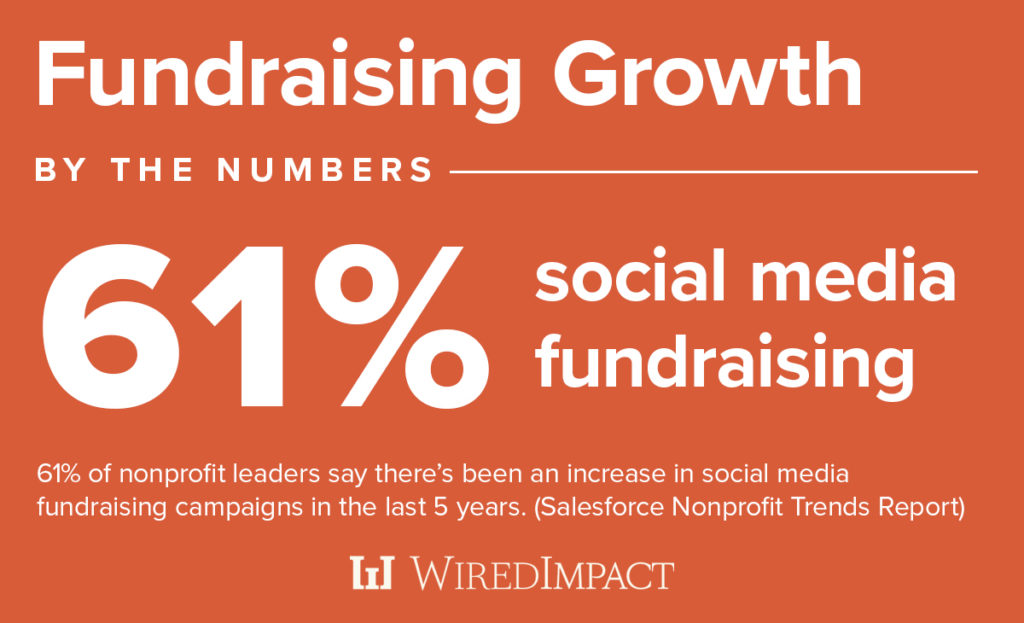
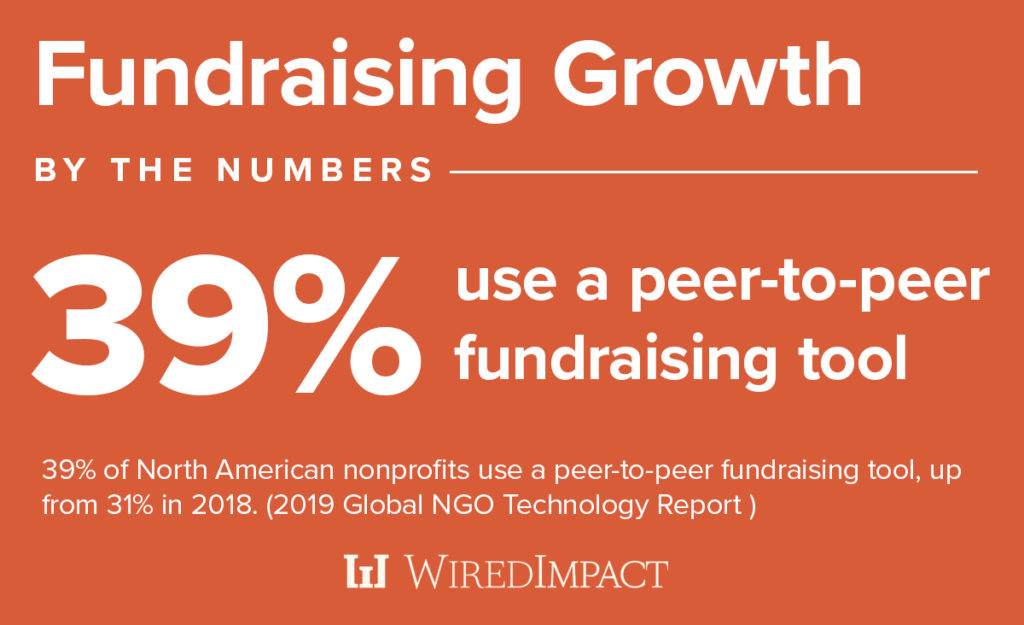
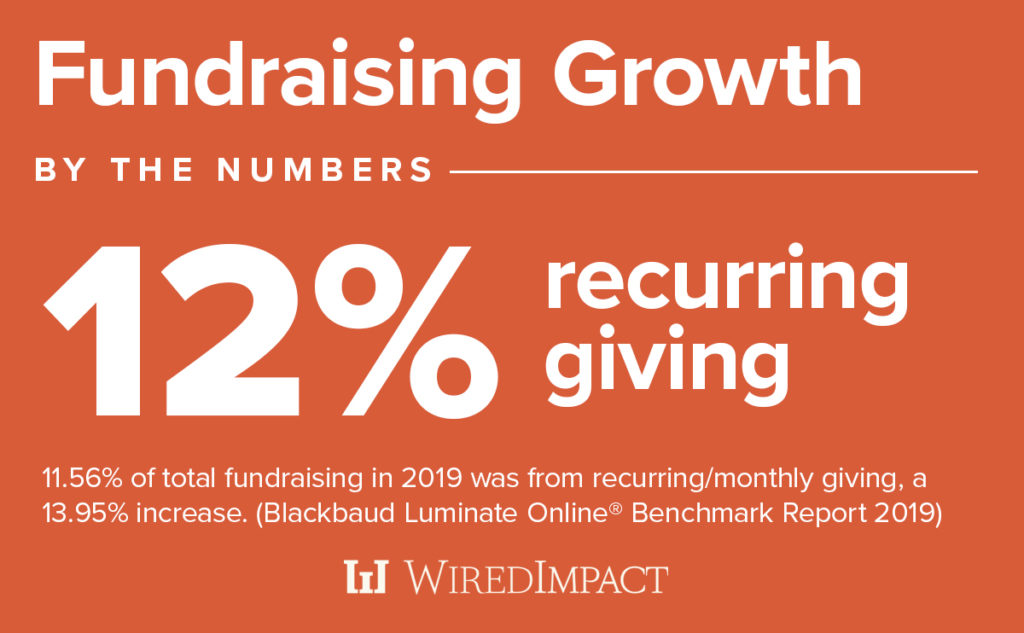
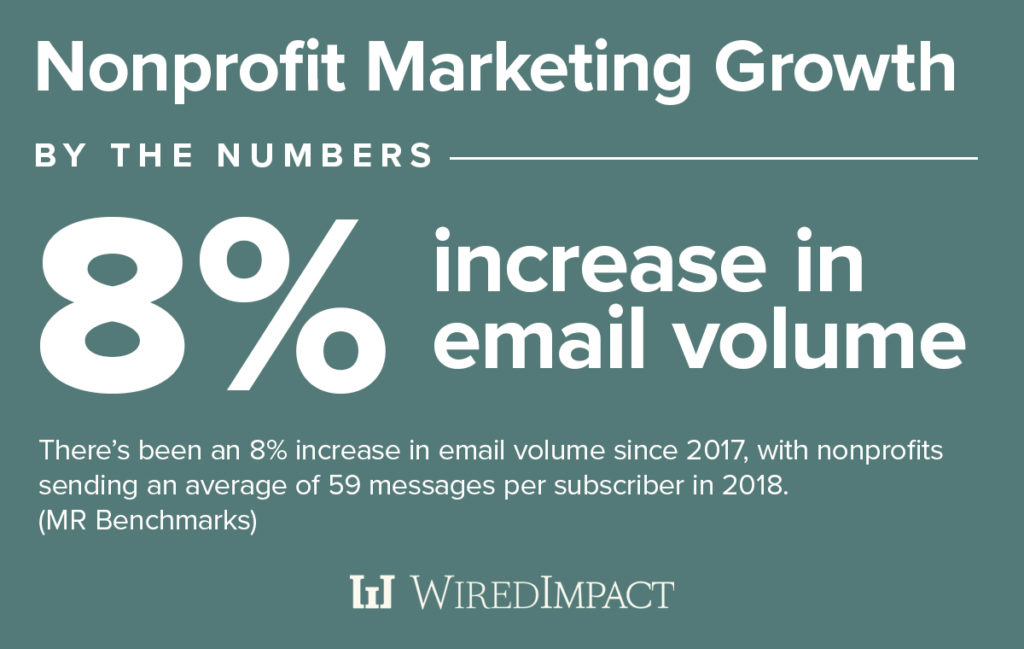
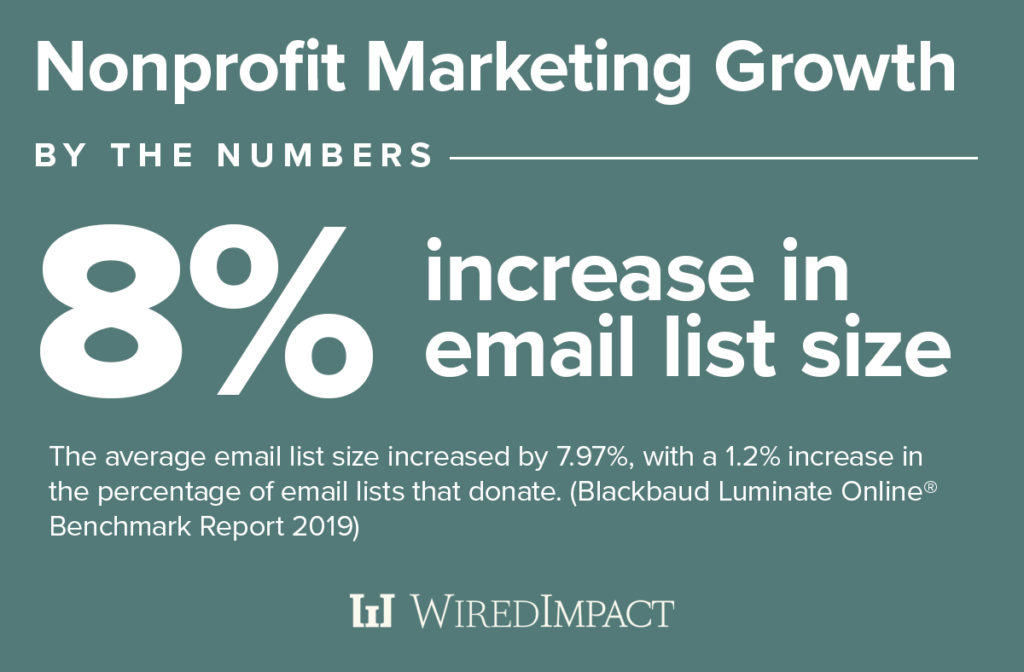
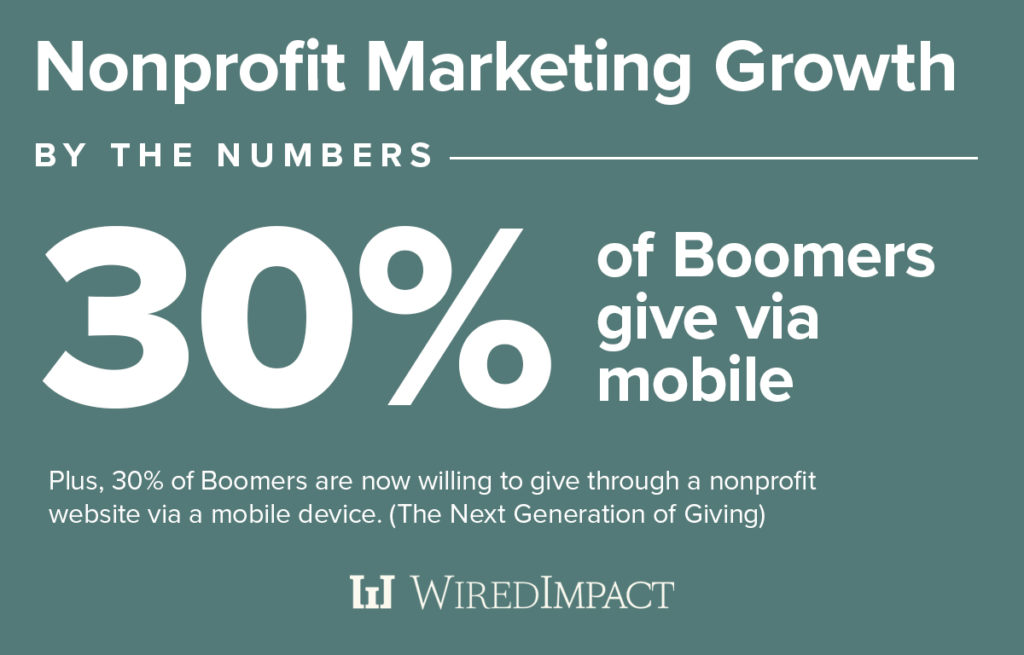
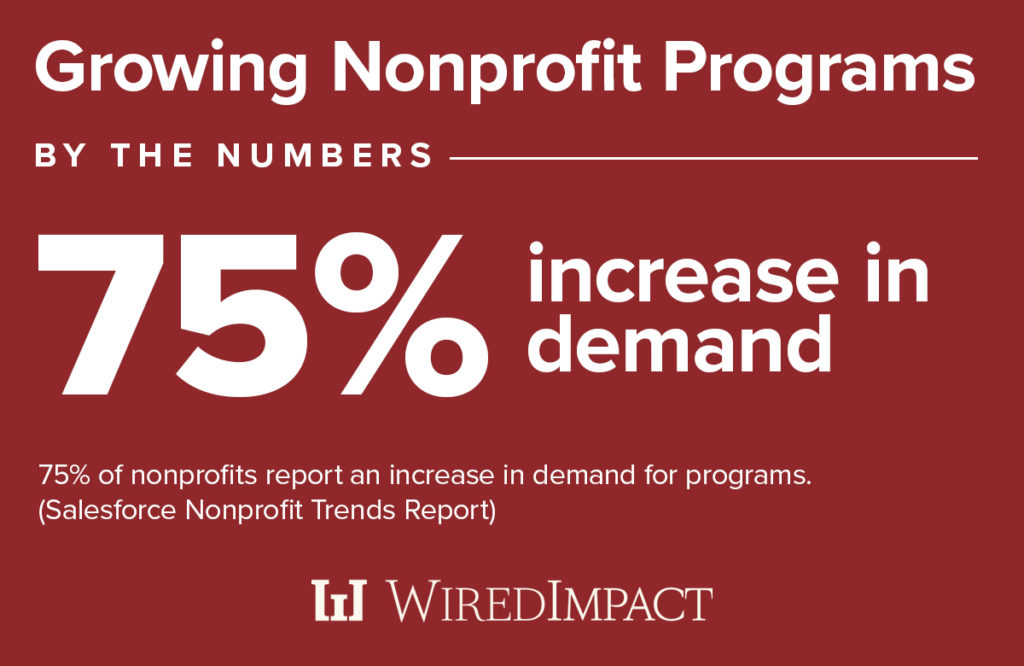
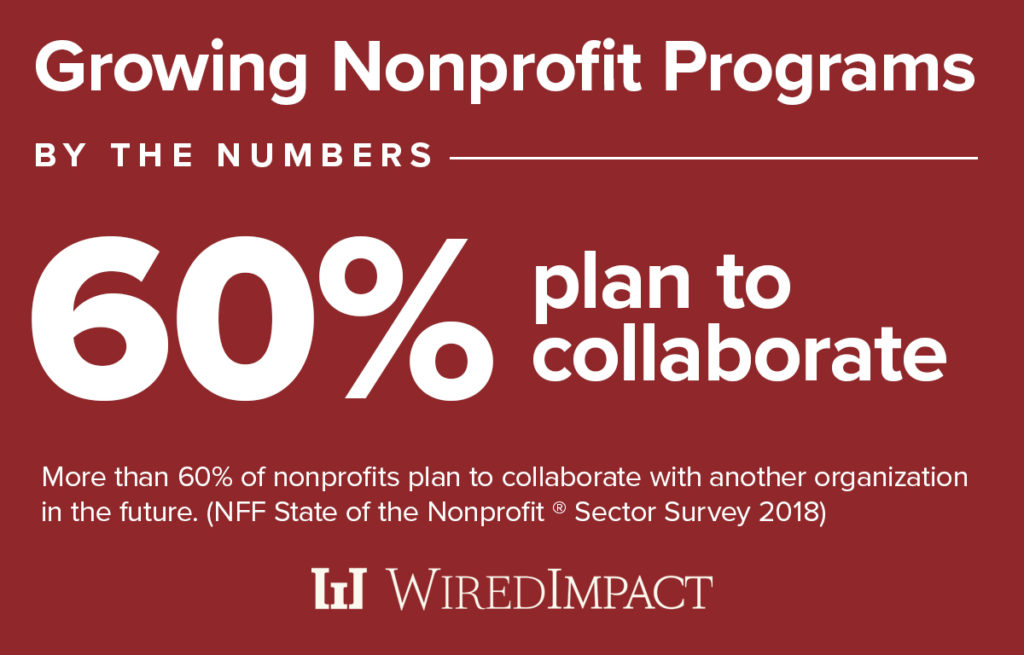
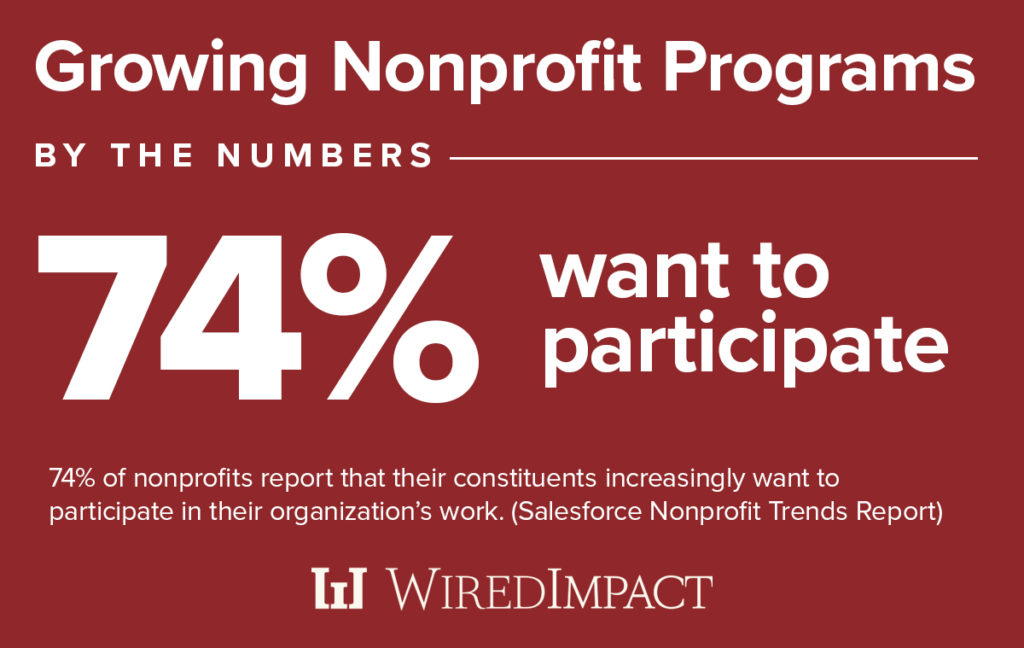

Comments